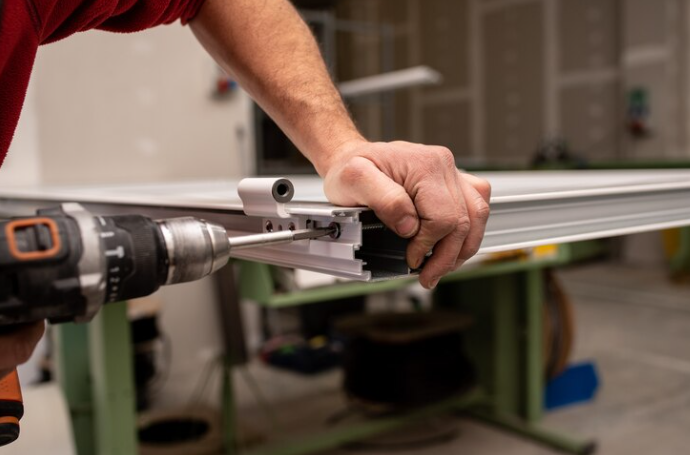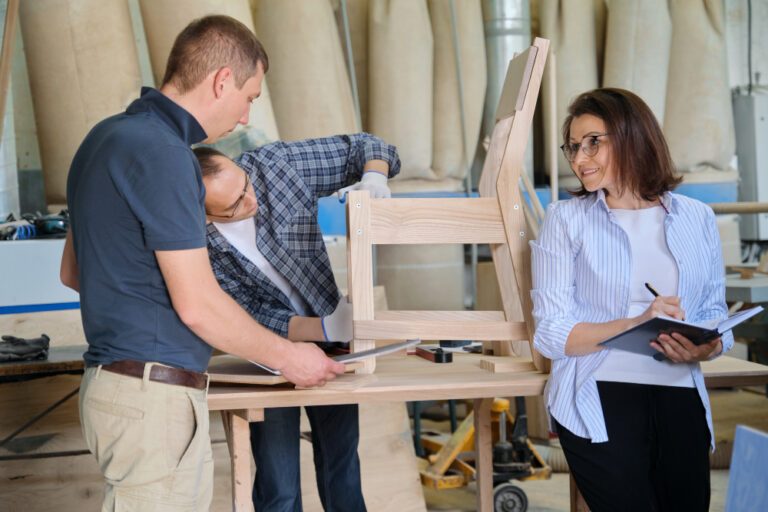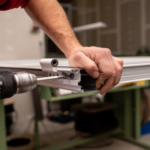Windshield damage is a common issue that many drivers face, often leading to the need for costly repairs or even a replacement. Understanding the primary causes of windshield damage and how to prevent them can save you time, money, and the inconvenience of dealing with a broken window. In this article, we will explore the top five causes of windshield damage and offer practical tips on how to protect your windshield from harm.
Understanding Windshield Damage
Before diving into the causes, it’s essential to understand what constitutes windshield damage. Windshield damage can range from small chips and cracks to extensive breakage that compromises the integrity of the glass. Even minor damage can quickly escalate if not addressed promptly, potentially leading to a broken window and requiring full replacement. This makes it crucial for drivers to recognize the common causes and take preventive measures to protect their windshields.
1. Road DebrisThe Danger of Loose Debris
One of the most common causes of windshield damage is road debris. Gravel, stones, and other small objects can be kicked up by the tires of vehicles in front of you, striking your windshield at high speeds. Even a tiny pebble can cause a chip or crack, which can quickly expand, especially in extreme temperatures or under the stress of driving.
How to Prevent Damage from Road Debris
While it’s impossible to avoid all debris on the road, there are steps you can take to minimize the risk of windshield damage. Maintain a safe distance from the vehicle in front of you, particularly trucks and other large vehicles that are more likely to kick up debris. Additionally, driving at a moderate speed on gravel roads or construction zones can reduce the likelihood of debris striking your windshield.
2. Extreme Temperature ChangesThe Impact of Temperature Fluctuations
Windshields are designed to withstand various weather conditions, but extreme temperature changes can cause significant stress to the glass. Sudden changes from hot to cold or vice versa can lead to the expansion and contraction of the glass, resulting in cracks. For example, using a hot defroster on a cold windshield or pouring hot water to clear ice can cause the glass to crack.
How to Prevent Damage from Temperature Changes
To prevent windshield damage caused by temperature fluctuations, avoid sudden changes in temperature. Gradually warm up your vehicle during cold weather, and avoid blasting the heater directly onto the windshield. In hot weather, use a sunshade or park in the shade to keep the interior cool. If you need to clear ice, use a scraper instead of hot water or direct heat.
3. Poor Installation or Quality of GlassRisks of Substandard Installation
A poorly installed windshield or one made from low-quality glass is more susceptible to damage. If the windshield isn’t installed correctly, it may not adhere properly to the vehicle frame, leaving it vulnerable to chips, cracks, and even complete detachment during an accident. Substandard glass is more likely to crack under pressure or during temperature changes.
How to Prevent Damage from Poor Installation
To avoid problems related to poor installation or low-quality glass, always choose a reputable service provider for windshield replacement. Ensure that the technicians are certified and that they use OEM (Original Equipment Manufacturer) glass, which is designed to meet the safety standards of your vehicle. A well-installed windshield is less likely to suffer from damage and can provide better protection in the event of an accident.
4. Collisions and AccidentsWindshield Damage from Collisions
Collisions and minor accidents are another leading cause of windshield damage. Even a minor fender bender can result in a cracked auto glass or shattered windshield, especially if the impact occurs near the edges of the glass. In more severe accidents, the windshield may break entirely, leading to a broken window that requires immediate replacement.
How to Prevent Windshield Damage in Accidents
While some accidents are unavoidable, defensive driving can reduce the likelihood of collisions. Always be aware of your surroundings, maintain a safe distance from other vehicles, and avoid distractions while driving. Additionally, ensure that your vehicle is in good working condition, including brakes and tires, to minimize the risk of accidents that could lead to windshield damage.
5. Falling Objects and Environmental HazardsThe Threat of Falling Objects
Falling objects, such as tree branches, hail, or even tools left on the roof of your vehicle, can cause significant windshield damage. Parking under trees during a storm or in an area prone to falling debris increases the risk of a broken window. In some cases, even wildlife, such as birds or squirrels, can inadvertently damage your windshield by dropping objects onto it.
How to Prevent Damage from Falling Objects
To prevent damage from falling objects, be mindful of where you park your vehicle. Avoid parking under trees, especially during storms or in high winds, and steer clear of construction zones where tools or materials might fall. If you live in an area prone to hail, consider using a car cover or parking in a garage during storms. Additionally, always check the roof of your vehicle for any objects before driving, as these can slide off and strike the windshield.
The Importance of Prompt Repairs
Even with the best preventive measures, windshield damage can still occur. When it does, it’s crucial to address the issue promptly. A small chip or crack can quickly expand, leading to more extensive damage and the potential need for a complete windshield replacement. Delaying repairs not only increases the risk of a broken window but also compromises the safety of your vehicle.
Repair vs. Replacement
In many cases, minor chips and cracks can be repaired, especially if they are caught early. However, if the damage is extensive or located in the driver’s line of sight, a full windshield replacement may be necessary. Consult with a professional to determine the best course of action based on the extent of the damage.
Finding a Reputable Service Provider
When seeking repairs or a replacement, choose a reputable service provider that uses high-quality materials and employs certified technicians. Proper installation is critical to ensuring the longevity and safety of your windshield, so don’t cut corners when it comes to choosing the right service.
Conclusion
Windshield damage is a common and often unavoidable issue, but understanding the top causes and how to prevent them can go a long way in protecting your vehicle. By being mindful of road debris, temperature changes, installation quality, collisions, and environmental hazards, you can reduce the risk of a broken window and the associated costs. Remember, prompt repairs are essential to maintaining the safety and integrity of your vehicle, so don’t hesitate to address windshield damage as soon as it occurs.







